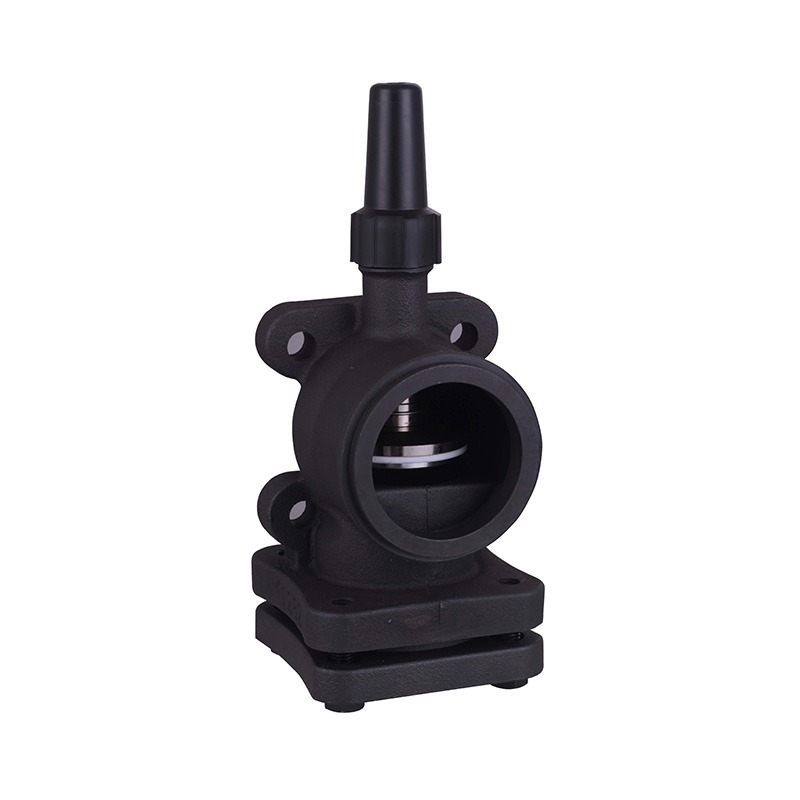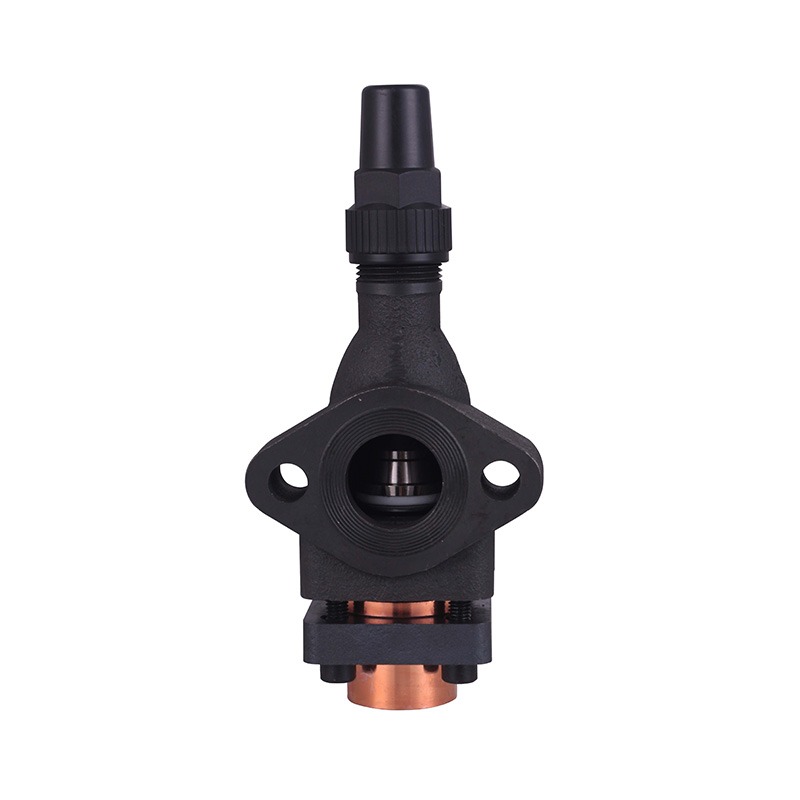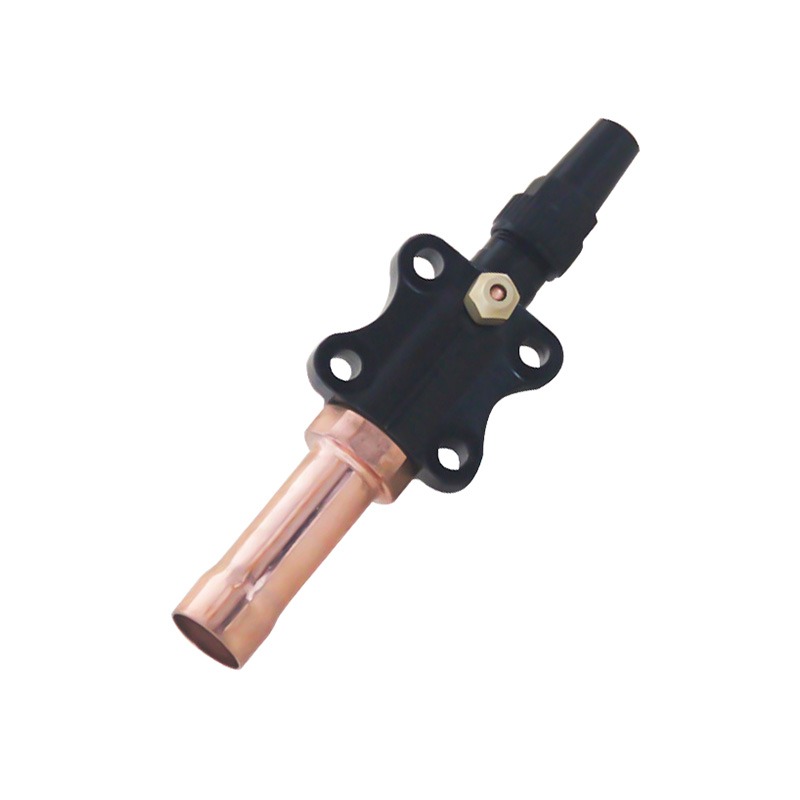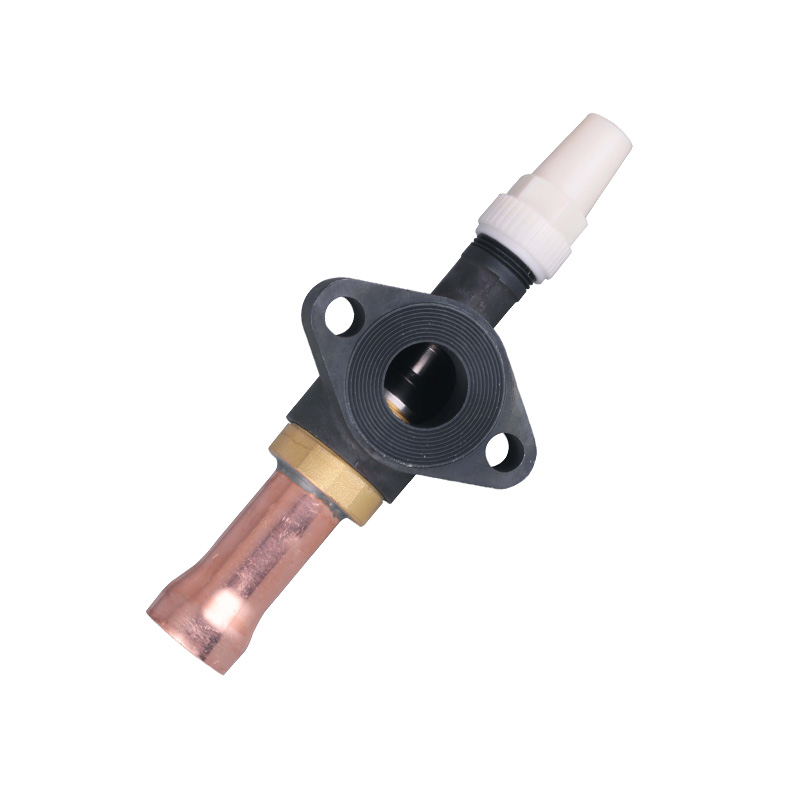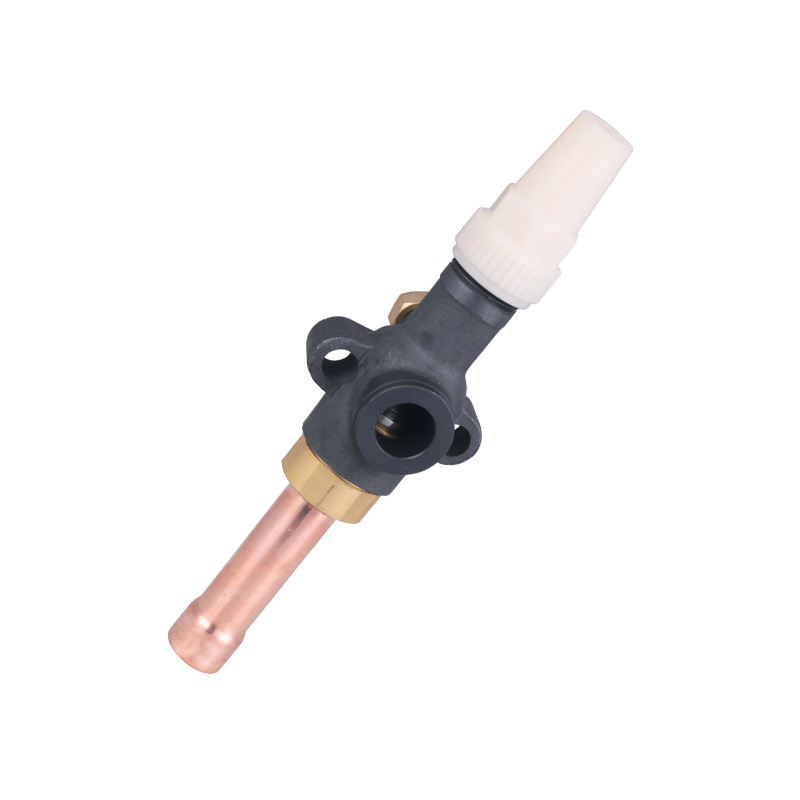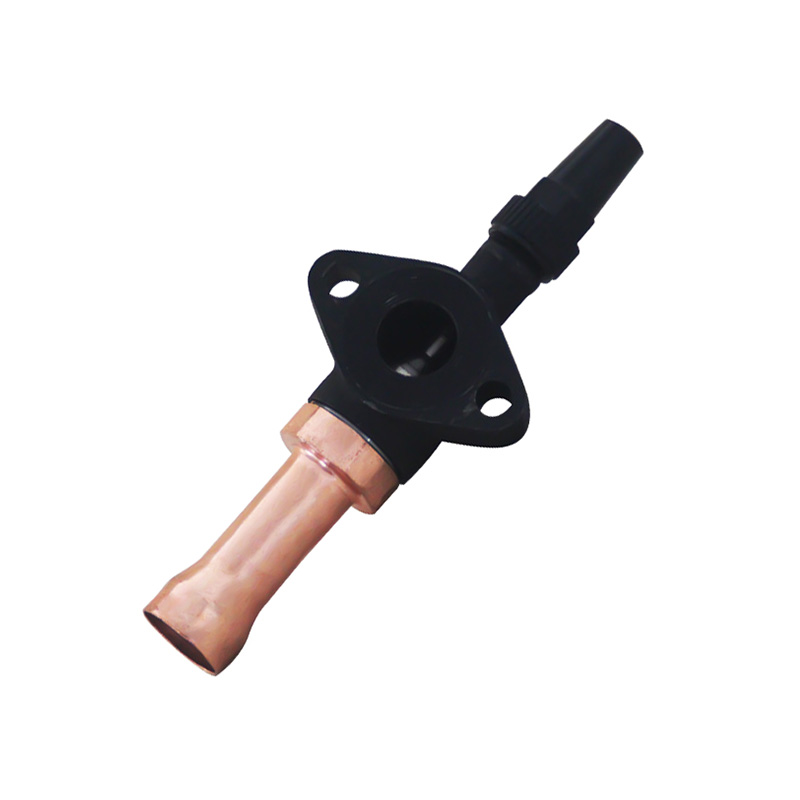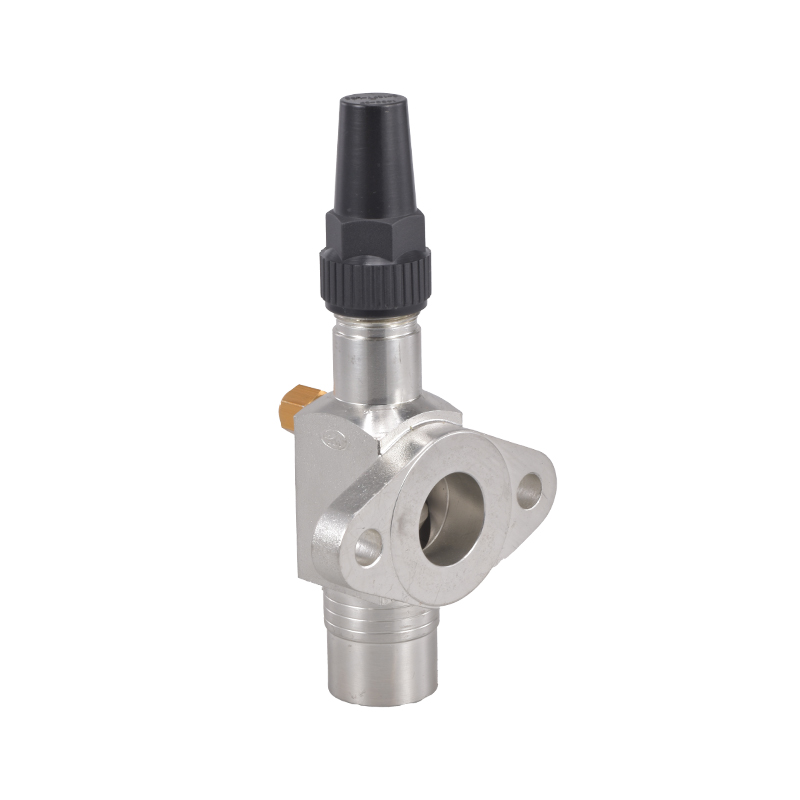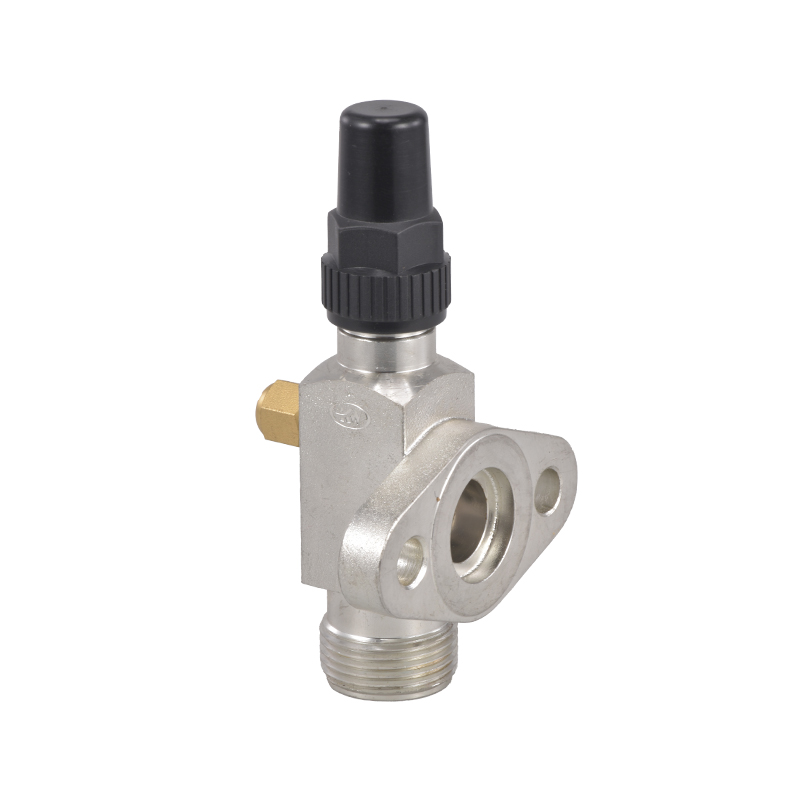The Silent Guardian: Why Your Operation's Resilience Depends on This One-Way Stop Valve Innovation
 By Admin
By Admin
In an era of heightened focus on operational continuity and supply chain stability, plant managers cannot afford unexpected downtime. The One-Way Stop Valve serves as a critical line of defense, a silent guardian whose failure can trigger a cascade of operational disruptions. This piece highlights a groundbreaking innovation in valve technology that significantly enhances system reliability. We will explore features such as advanced sealing mechanisms that virtually eliminate the risk of leakage and reverse flow, which are common culprits behind downtime and equipment damage. For industries where every minute of uptime counts, understanding this evolution is not just technical—it's strategic, representing the difference between maintaining competitive advantage and facing costly production halts that can ripple through entire supply chains.
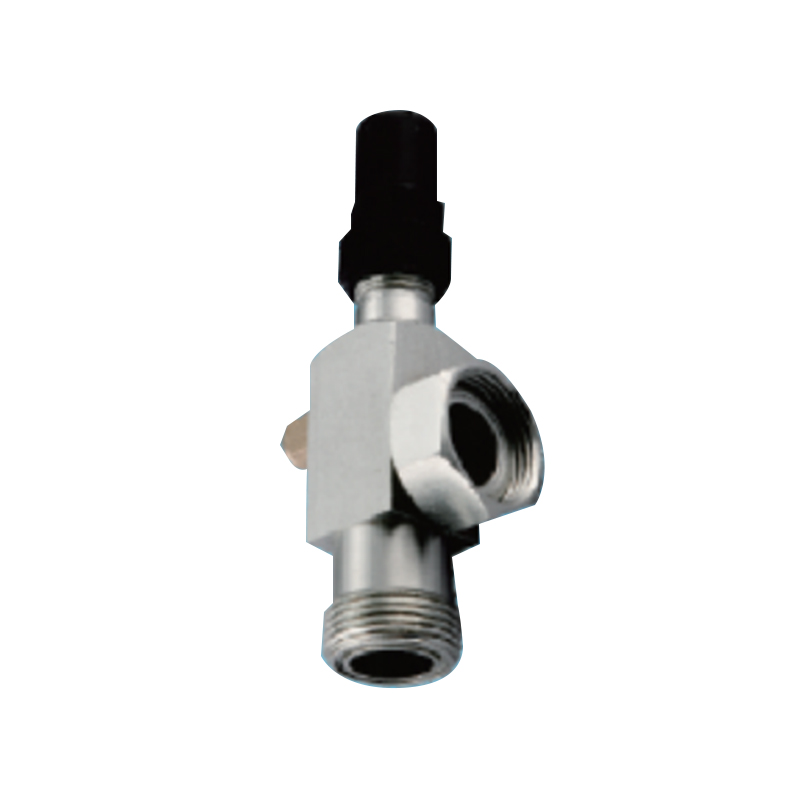
Preventing Catastrophic Reverse Flow and Contamination
The fundamental role of a One-Way Stop Valve is to prevent backflow, but the consequences of failure are more severe than ever in today's complex industrial landscapes. In interconnected process systems, a malfunctioning valve can lead to the contamination of entire product batches, damage to sensitive and expensive equipment like pumps and compressors, and even pose significant safety risks to personnel and facilities. Modern valve designs focus on achieving a perfect, reliable seal every time, ensuring that media flows only in the intended direction through advanced sealing technologies and precision engineering. This precise control is the bedrock upon which process integrity and product quality are built, preventing cross-contamination between different media streams and maintaining the purity standards required in industries such as pharmaceuticals, food processing, and chemical manufacturing. The latest innovations incorporate multiple sealing surfaces and fail-safe mechanisms that provide redundant protection against backflow incidents, ensuring system integrity even under fluctuating pressure conditions.
Building Resilience Against External Shocks and Stresses
Operations today face numerous external pressures, from fluctuating demand to variable input quality, requiring components that can adapt to changing conditions without compromising performance. The One-Way Stop Valve is being engineered to be a stabilizing factor in these challenging environments. Innovations in design, such as improved damping mechanisms and enhanced material compositions, allow these valves to better handle pressure surges and the destructive phenomenon of water hammer that can devastate piping systems. This robustness ensures that the entire piping system is protected from shock loads that can cause fatigue and failure over time, significantly extending the operational life of connected equipment. By absorbing these energies, a high-performance valve acts as a shock absorber for your entire operation, incorporating specialized features like pressure-equalizing chambers and impact-dissipating components that gradually neutralize sudden force variations. Furthermore, advanced manufacturing techniques have created valves capable of maintaining performance across wider temperature and pressure ranges, providing operational flexibility while ensuring consistent protection regardless of process variations or external conditions.
The Strategic Shift from Reactive Repair to Proactive Peace of Mind
The business case for investing in high-reliability components is stronger than ever in today's competitive industrial environment. Contrasting the predictable, upfront cost of a superior One-Way Stop Valve with the unpredictable, often exorbitant costs of emergency shutdowns reveals a clear advantage that extends far beyond initial procurement savings. Unscheduled maintenance not only incurs direct labor and parts costs but also leads to massive production losses and potential reputational damage due to missed deadlines, not to mention the safety implications of emergency repair situations. Modern valve innovations now incorporate predictive maintenance capabilities through integrated monitoring systems that track performance metrics and provide early warnings of potential issues, allowing maintenance to be scheduled during planned downtime. This technological advancement transforms maintenance strategy from reactive firefighting to proactive management, significantly reducing both risk and operational costs. Investing in innovation is, therefore, an investment in predictable operations and managerial peace of mind, transforming a maintenance item into a strategic asset that contributes directly to operational excellence and business continuity. The most advanced valves now feature smart technology integration that enables continuous performance monitoring and data collection, providing valuable insights for optimizing entire system performance and preventing issues before they impact production, ultimately creating a more resilient and predictable operational framework.




 English
English русский
русский Deutsch
Deutsch
